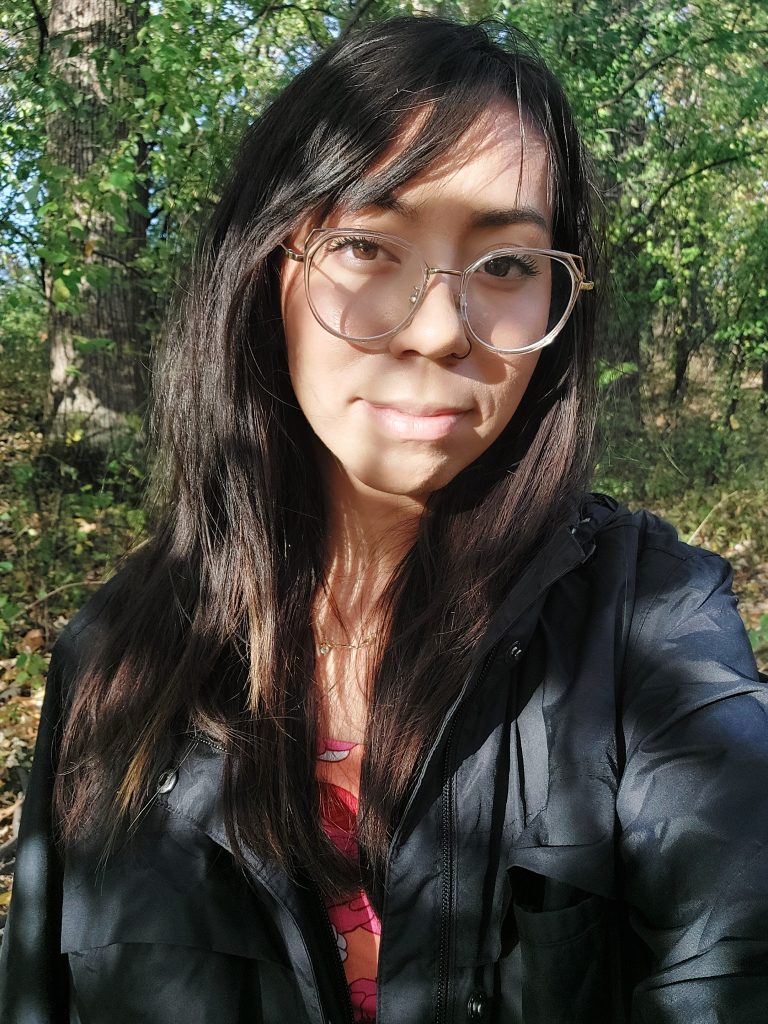What will we do without these two?!
(less maths and less bioinformatics … or less good maths and bioinformatics… uh oh)

(less maths and less bioinformatics … or less good maths and bioinformatics… uh oh)

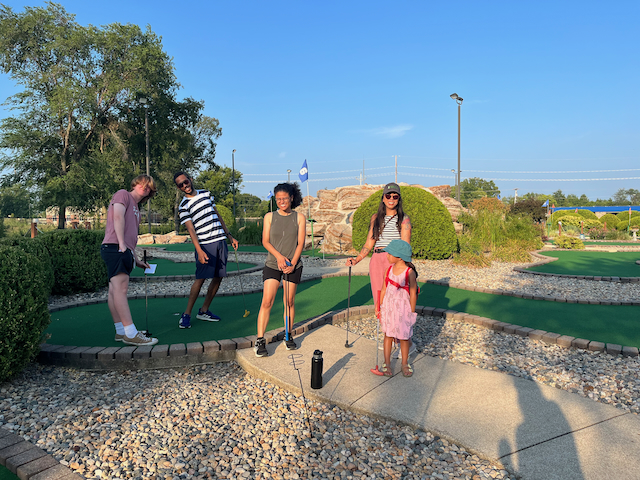
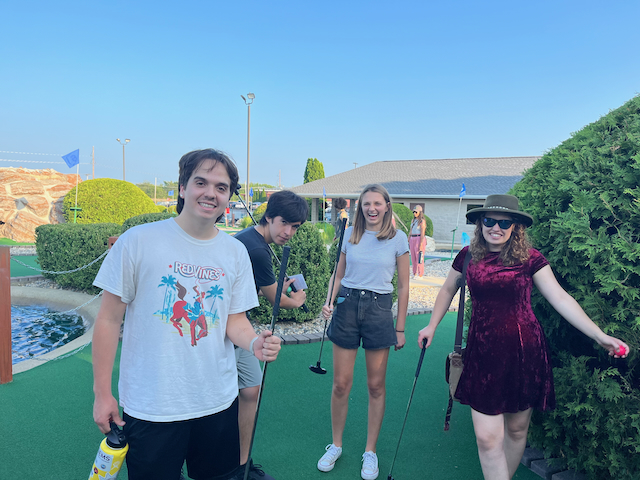
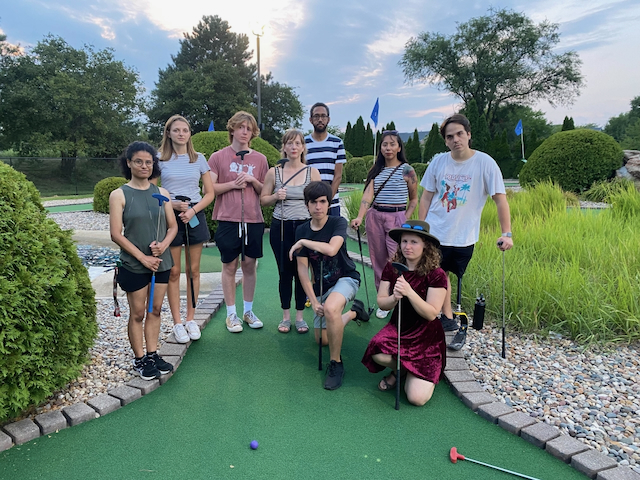
Here are some highlights:
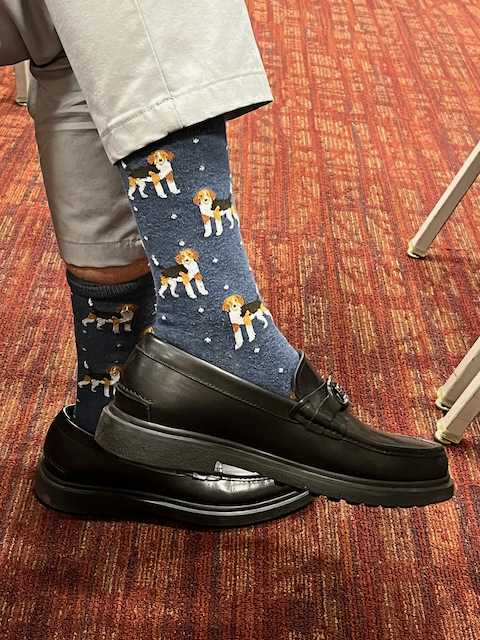
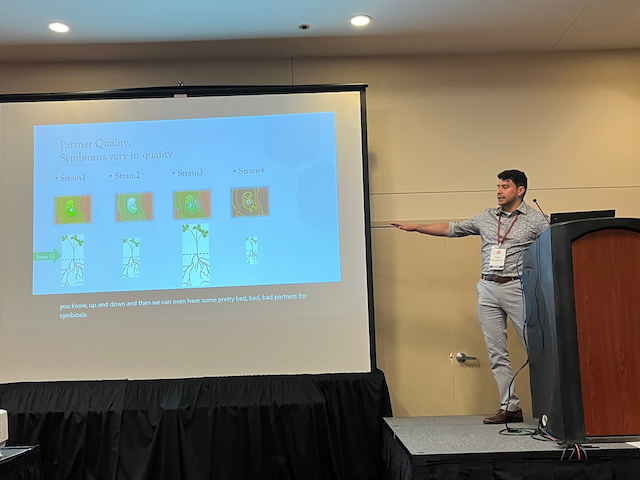
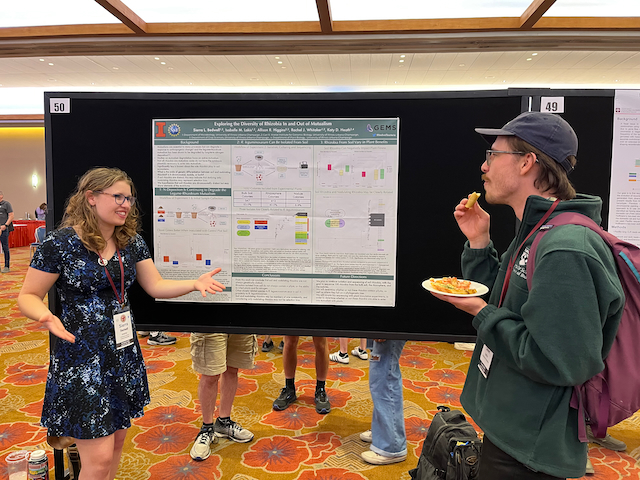
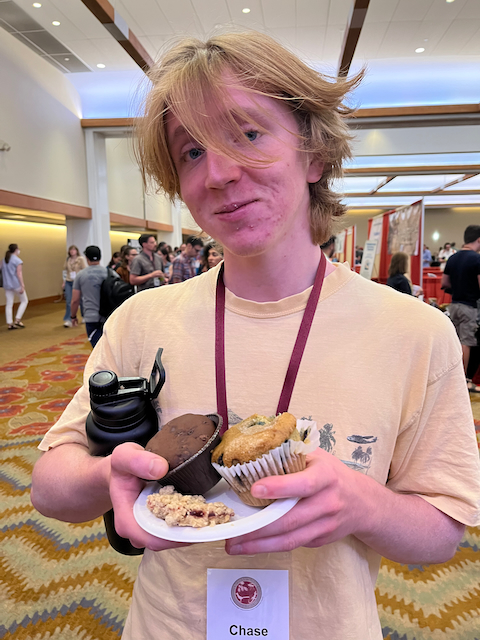
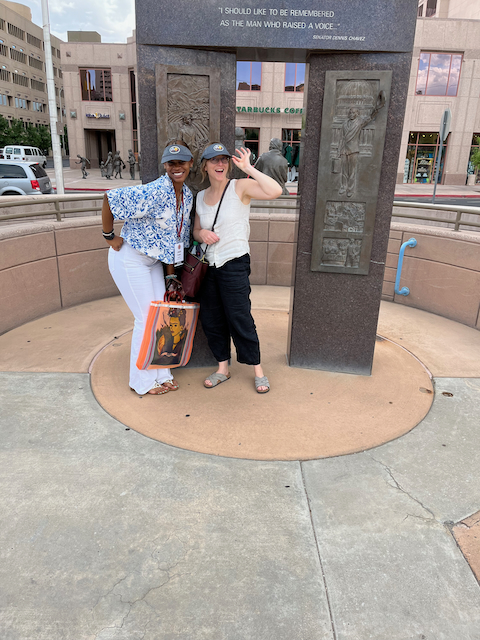
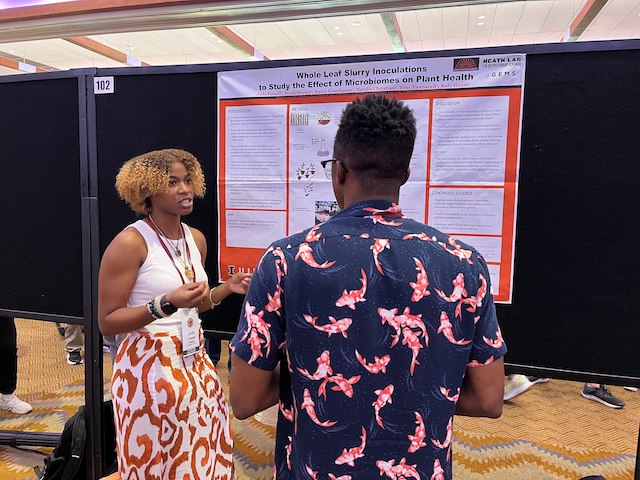
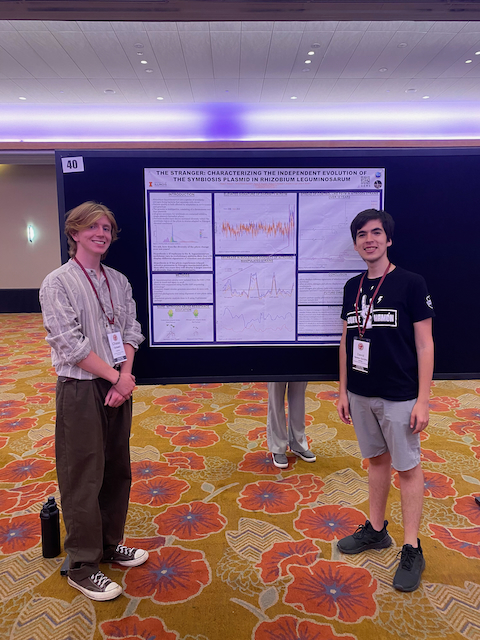
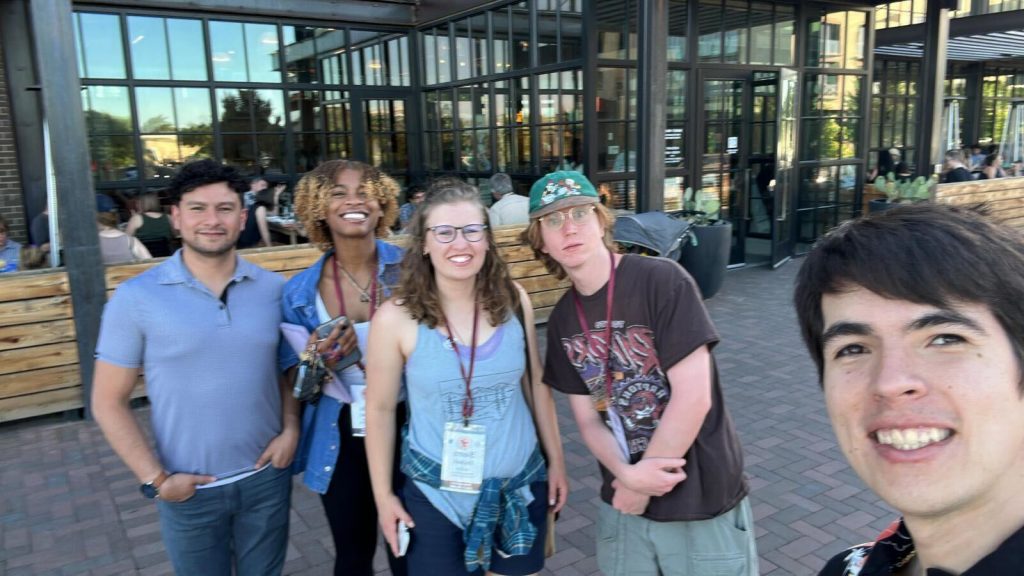
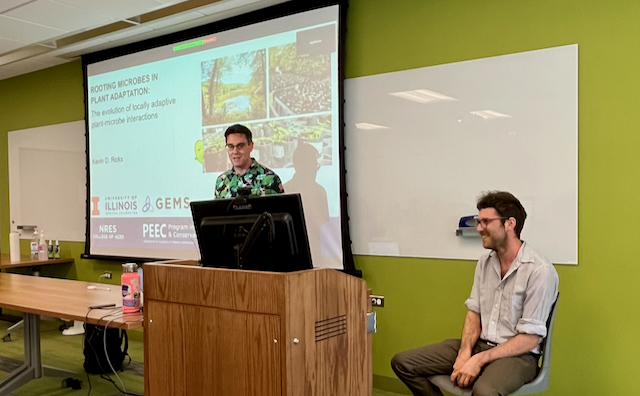
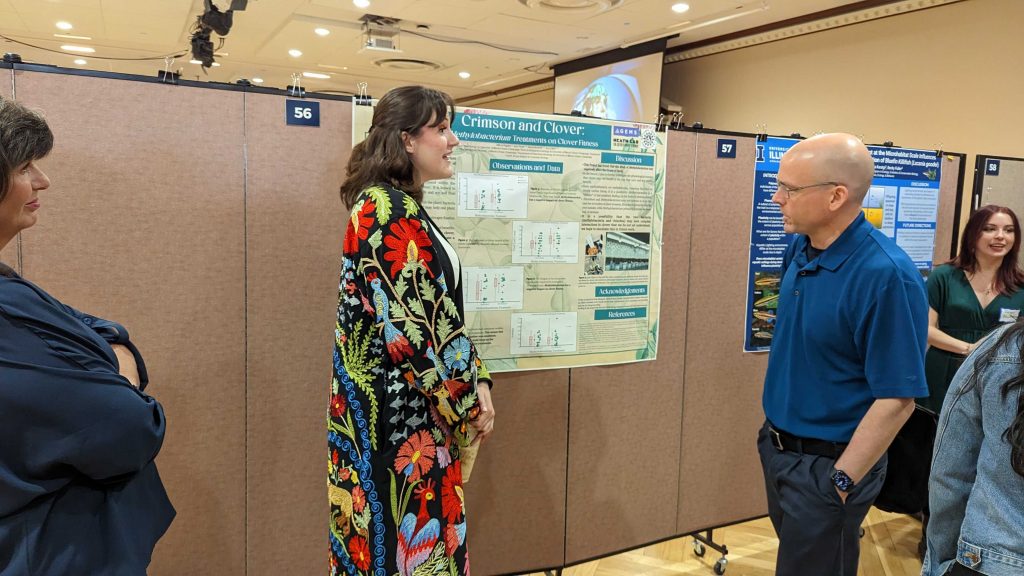
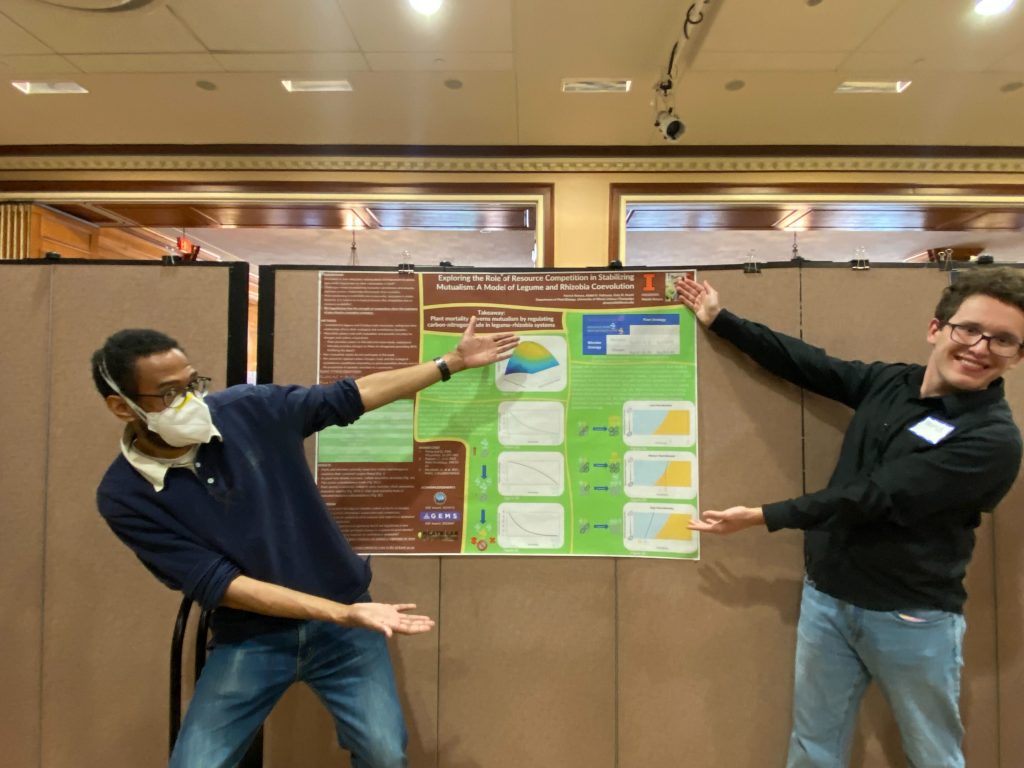
Meghan is currently an hourly researcher, but will join the MS in Plant Bio program in Fall 2023!
Natalie is working with Katy and Wendy Yang (Plant Bio) to study the short and long-term legacy effects of nitrogen fertilizer on soil nitrogen cycling processes and legume-rhizobium interactions! Yay!
